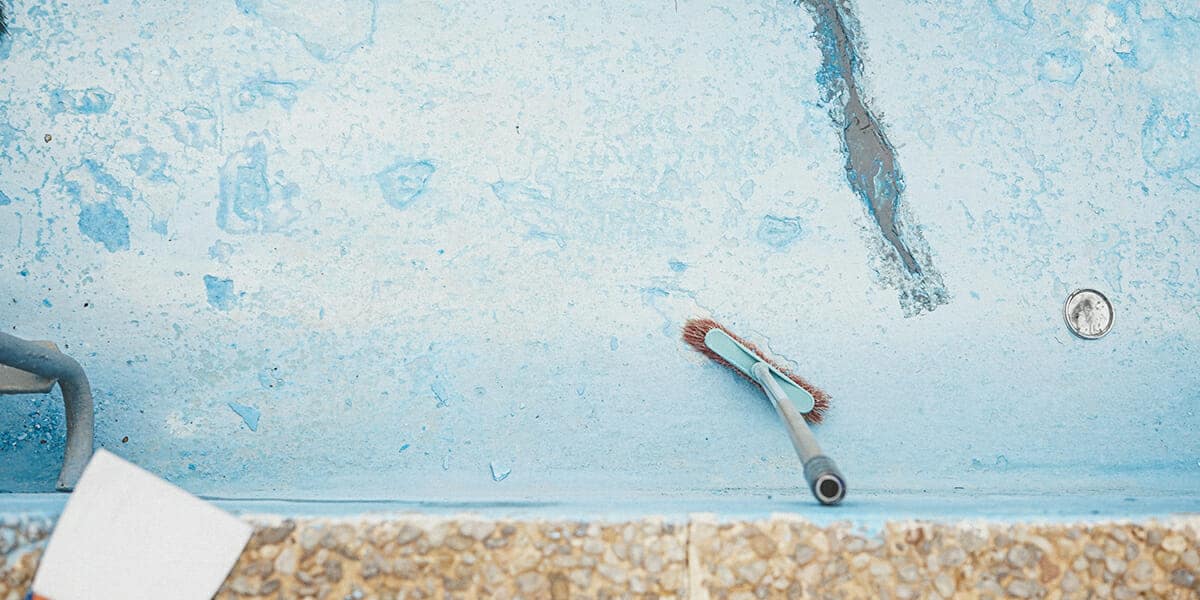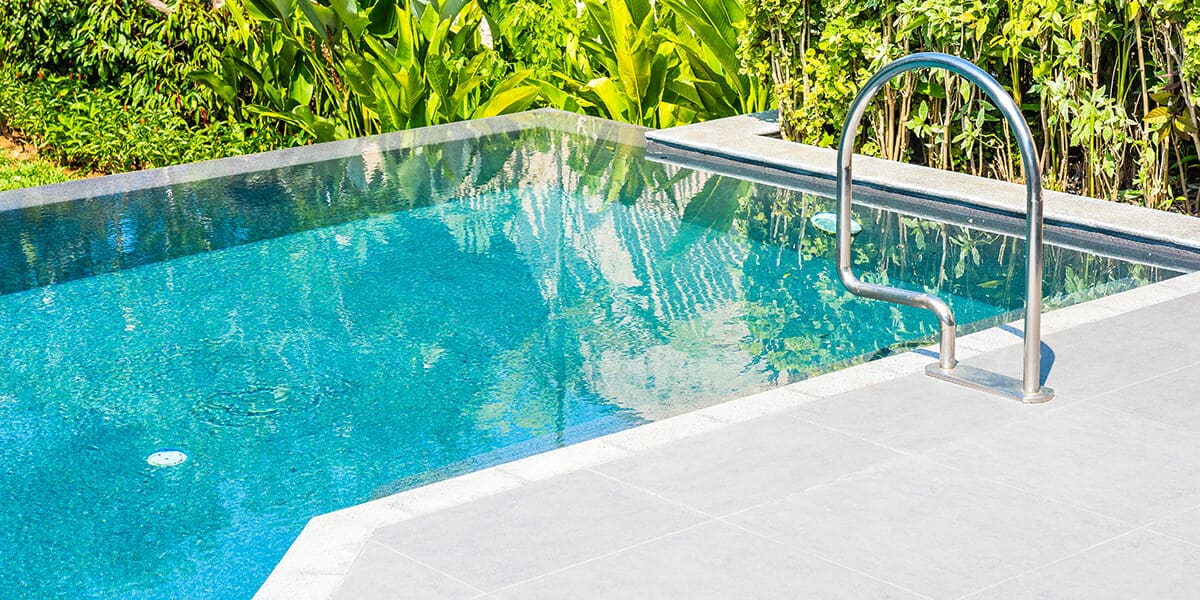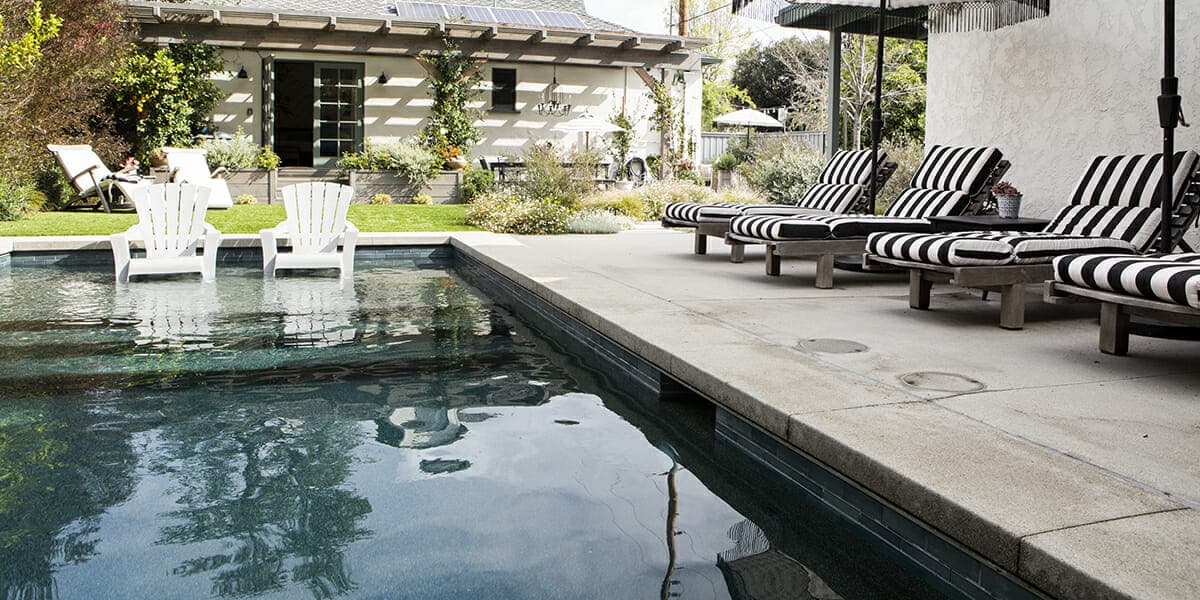Maintaining a pool is essential for ensuring its longevity and functionality. One common maintenance task is replastering, which restores the pool’s surface, making it smooth and visually appealing. This guide will walk you through the steps of replastering a pool without removing the tiles, ensuring that you achieve a professional finish while preserving your pool’s aesthetic.
Introduction to Pool Replastering
Replastering a pool involves applying a new layer of plaster to the pool’s surface. This process can rejuvenate your pool, making it look brand new and extending its life. It is especially beneficial for pools that have developed rough surfaces, stains, or other signs of wear and tear over time.
Why Replaster Your Pool?
Replastering offers several benefits:
- Enhanced Aesthetics: A fresh plaster layer can significantly improve the appearance of your pool, making it look clean and inviting.
- Improved Durability: New plaster can make your pool surface more durable, reducing the risk of cracks and leaks.
- Better Safety: A smooth pool surface prevents injuries that might occur from rough or damaged areas.
Step-by-Step Guide to Replastering a Pool
1. Prepare the Pool
Before you begin, you need to prepare your pool. Follow these steps to ensure a smooth replastering process:
- Drain the Pool: Use a submersible pump to remove all the water from the pool.
- Clean the Surface: Scrub the pool surface to remove algae, dirt, and any loose plaster.
- Inspect for Damage: Check for any cracks or damage that need repair before applying the new plaster.
2. Protect the Tiles
Since we aim to replaster without removing the tiles, it’s crucial to protect them:
- Use Plastic Sheeting: Cover the tiles with plastic sheeting, securing it with tape to prevent any plaster from sticking to the tiles.
- Apply a Bonding Agent: Apply a bonding agent to the pool surface to help the new plaster adhere properly.
3. Mix and Apply the Plaster
Mix the plaster according to the manufacturer’s instructions. Follow these steps for application:
- Apply the First Coat: Use a trowel to apply the first coat of plaster, starting from the deep end and working your way to the shallow end.
- Smooth the Surface: After applying the first coat, use a pool trowel to smooth the surface, ensuring an even layer.
- Apply Additional Coats: Depending on the desired thickness, apply additional coats, smoothing each layer as you go.
4. Curing the Plaster
Proper curing is essential for a durable and smooth finish:
- Fill the Pool Slowly: Refill the pool slowly to avoid damaging the new plaster.
- Maintain Water Chemistry: Keep the water chemistry balanced to prevent stains and scaling on the new plaster.
- Brush the Pool: Regularly brush the pool surface to remove any plaster dust and to help smooth the surface.
Tips for a Successful Replastering
- Choose the Right Plaster: There are various plaster options available, such as quartz, pebble, and glass beads. Each type offers different aesthetics and durability.
- Regular Maintenance: Maintain your pool regularly to extend the life of the plaster and keep your pool looking great.
- Hire a Professional: If you’re not confident in your ability to replaster your pool, consider hiring a professional to ensure a high-quality finish.
Common Questions About Pool Replastering
Q: How often should I replaster my pool?
A: Generally, you should replaster your pool every 7-10 years, depending on usage and maintenance.
Q: Can I replaster my pool myself?
A: Yes, but it requires skill and knowledge. If you’re unsure, it’s best to hire a professional.
Q: What types of plaster are available?
A: Common types include quartz, pebble, and glass beads, each offering different benefits and aesthetics.
Q: What is Pool Replastering?
A: Pool replastering involves applying a new layer of plaster to the pool’s interior surface to restore its appearance and functionality.
Q: How Do I Know If My Pool Needs Replastering?
A: Signs include visible cracks, rough textures, stains, excessive water loss, discoloration, and an outdated appearance.
Q: What Should I Expect After Replastering?
A: Expect enhanced aesthetics, improved durability, a smoother texture, and easier maintenance.
Q: How Much Does Replastering Cost?
A: Costs vary based on pool size, material type, repair extent, and location. Contact a professional for a personalized quote.
Q: Why Is Pool Renovation Important?
A: It upgrades features, personalizes the pool, addresses structural issues, and increases enjoyment and property value.
Q: Can a Swimming Pool Be Repaired?
A: Yes, many issues like leaks, cracks, and equipment failures can be repaired, prolonging the pool’s lifespan.
Conclusion
Replastering your pool without removing the tiles is a cost-effective way to rejuvenate your pool’s appearance and functionality. By following the steps outlined in this guide, you can achieve a smooth, durable, and visually appealing pool surface. Remember to protect your tiles, apply the plaster evenly, and cure it properly to ensure the best results. With regular maintenance and care, your replastered pool will provide years of enjoyment and relaxation.
Contact Clements Pool Services & Remodeling Today!
If you need professional assistance with your pool replastering project, don’t hesitate to contact Clements Pool Services & Remodeling. Our experienced team is ready to help you achieve a stunning, durable pool surface. Get a custom quote today and let us bring joy to your backyard!






